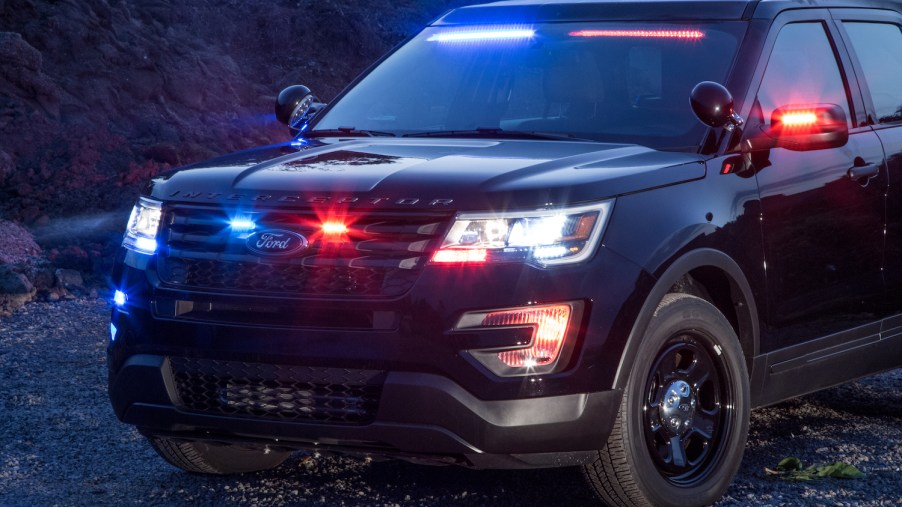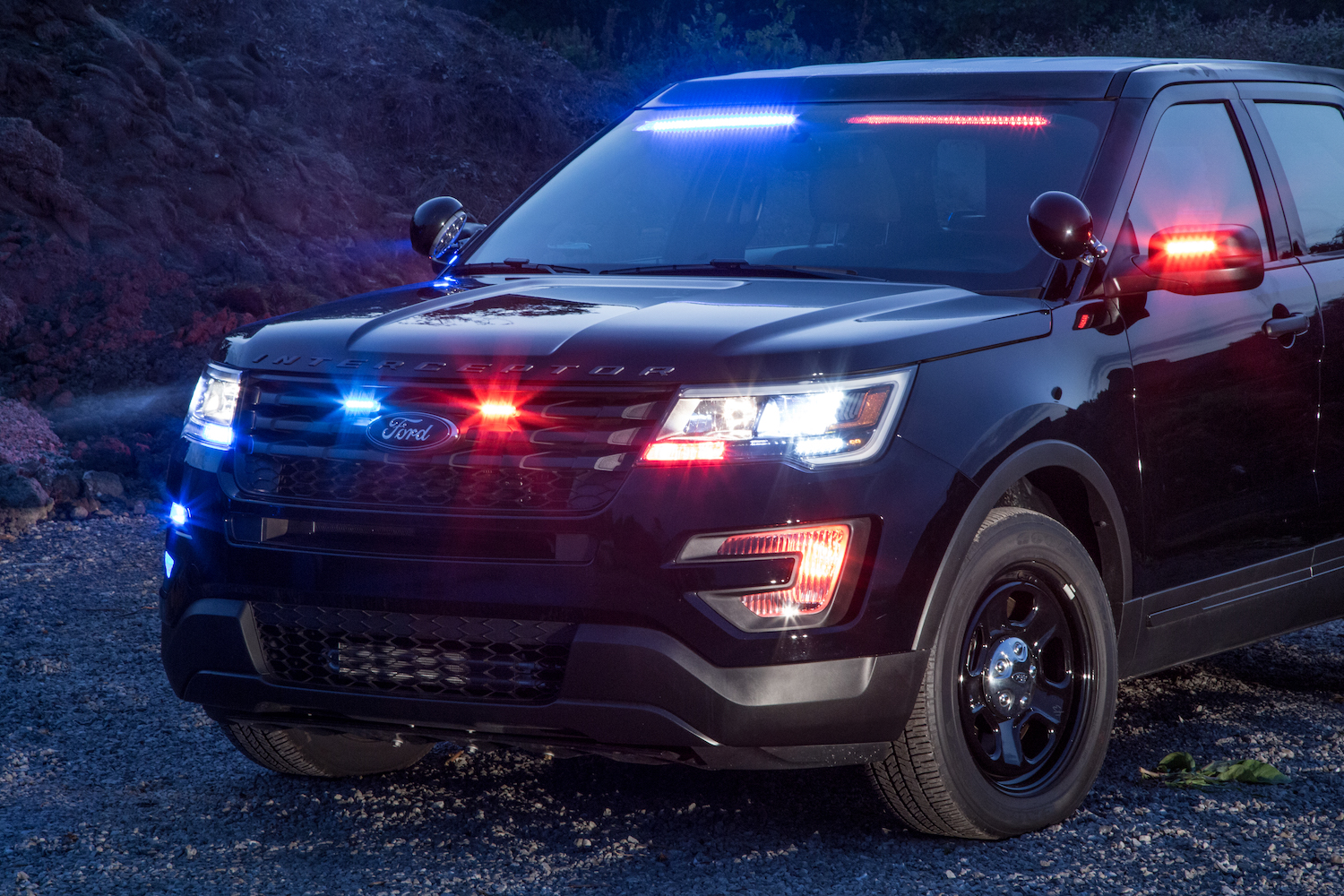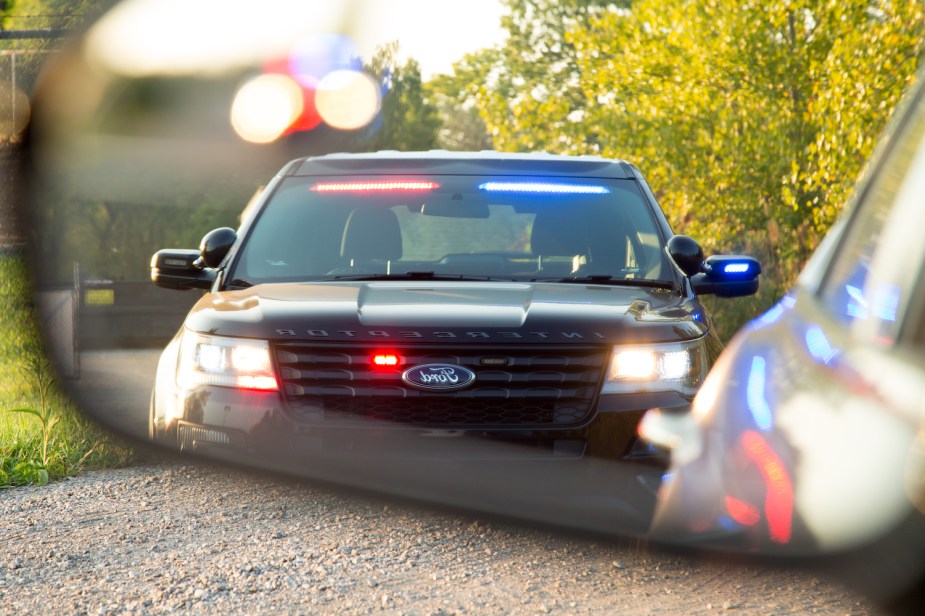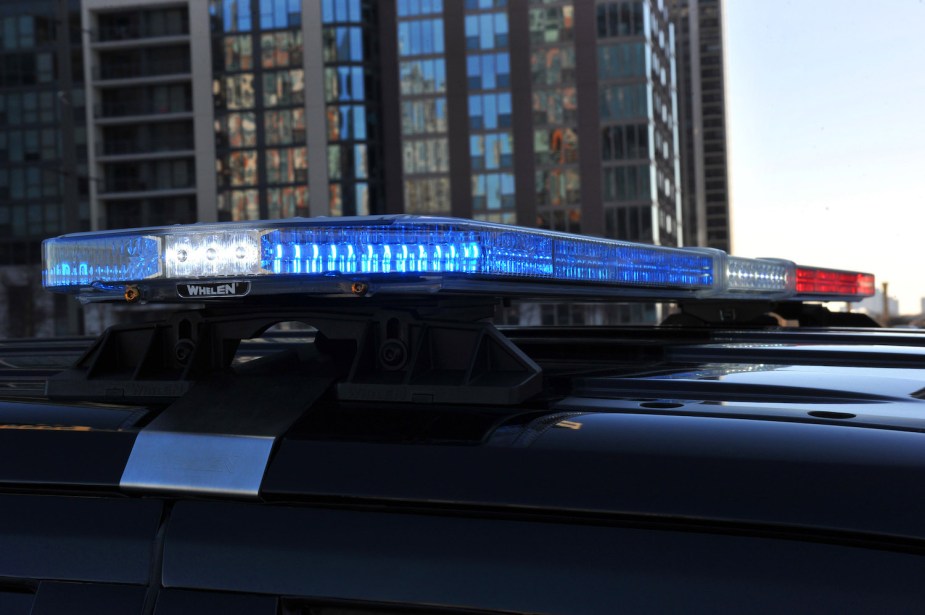
Why Do Some States Have Blue Lights on Police Cars and Others Have Red?
The color of police car lights varies by state. But why? The truth is that with no federal ruling on police car light color, states make their own laws. The colors each department chooses to enforce car safety may be based on local laws, police cruiser tradition, or even trends.
What color are police car lights?
In many states, police cars use a combination of red and blue lights for maximum visibility during both day and night. The majority of U.S. States allow red lights on fire trucks but reserve blue for police. But several states–such as Delaware and Connecticut–are the exact opposite.

In most of the United States, if you see blue lights in your rearview mirror you know you’re looking at police. But it is far from universally true. In many states, fire trucks are also allowed to use blue lights. In some states, police don’t use blue lights at all.
Yellow/amber lights are less strictly regulated than red or blue lights. For this reason, civilian vehicles requiring maximum visibility may use flashing yellow lights. One example of this is plow trucks. Some police vehicles have yellow lights in addition to red and/ore blue lights, for maximum visibility.
Finally, some police vehicles also have green lights installed. They use these lights to make their car stand out in non-emergency situations. One example of this would be police using a car for crowd control.
Who decides police light color?
Each state has its own, individual laws dictating emergency vehicle light color. Some of these laws reserve certain colors (such as blue) for certain emergency services (such as police). Other laws specify emergency light brightness (such as visible from 1,000 feet away). But it is the police department that makes the final decision.

Individual police or fire departments then interpret these laws. If a state allows police to use blue, red, and yellow lights, that does not mean every car will have every one of those colors. A police chief may believe that just red lights or just blue lights give their cars maximum visibility.
Blue police lights are increasingly popular
Once upon a time all police cars in the United States had flashing red lights. In 1948, the rotating red beacon came on the scene and began to replace flashing lights. But in other parts of the world, police were already experimenting with blue lights.

Legend has it that the blackouts of World War II led to the first blue police lights: Germany found police cars could use blue lights without drawing bombers’ attention to their urban areas.
Over the decades, an increasing number of United States police forces began to add blue lights to their cars. They may have reasoned that a combination of red and blue lights made their cars visible during both the day and the night. Blue lights are likely more visible at night, and until recently many departments believed red lights were more visible during the day.
According to Officer.com, a recent study found that blue was the easiest emergency vehicle light color for motorists to notice–both during the day and after dark. This may be the reason that an increasing number of police departments are actually phasing out their red lights.
So well emergency police lights were once all red, perhaps some day soon they will be all blue. We’ll just have to wait and find out.
Next, see police and fire truck light color by state or see one of the last states to use red rotating police lights in the video below:



